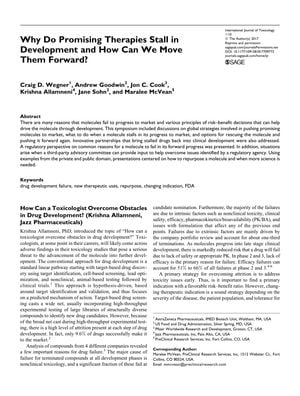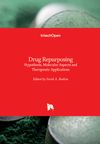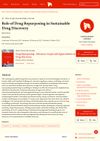Why Do Promising Therapies Stall in Development and How Can We Move Them Forward?
June 2017
in “
International Journal of Toxicology
”

TLDR Most drugs fail to reach the market, but understanding their properties and using strategies like early toxicity tests and drug repurposing can help advance their development.
The document from 2017 examines the high failure rate in drug development, with only 9.6% of drugs reaching the market due to issues such as toxicity, safety, efficacy, and pharmacokinetics. It suggests strategies to overcome these challenges, including early toxicity identification, changing therapeutic indications, drug repurposing, and altering administration routes. Examples of successful repurposing include sildenafil, thalidomide, and minoxidil. The importance of understanding toxicities and species-specific responses is emphasized to advance drugs into clinical use. Additionally, the document notes that AstraZeneca's Open Innovation platform has led to successful proof-of-principle studies for repurposed drugs. It also discusses the importance of addressing nonclinical data deficiencies and engaging with the FDA to resolve safety concerns, as illustrated by three case studies. Lastly, it explores the MOA for hemangiosarcoma formation in mice treated with pregabalin and concludes that humans do not exhibit the same risk at therapeutic doses. The overall conclusion is that understanding a compound's properties is key to potentially resurrecting and advancing stalled drugs.


